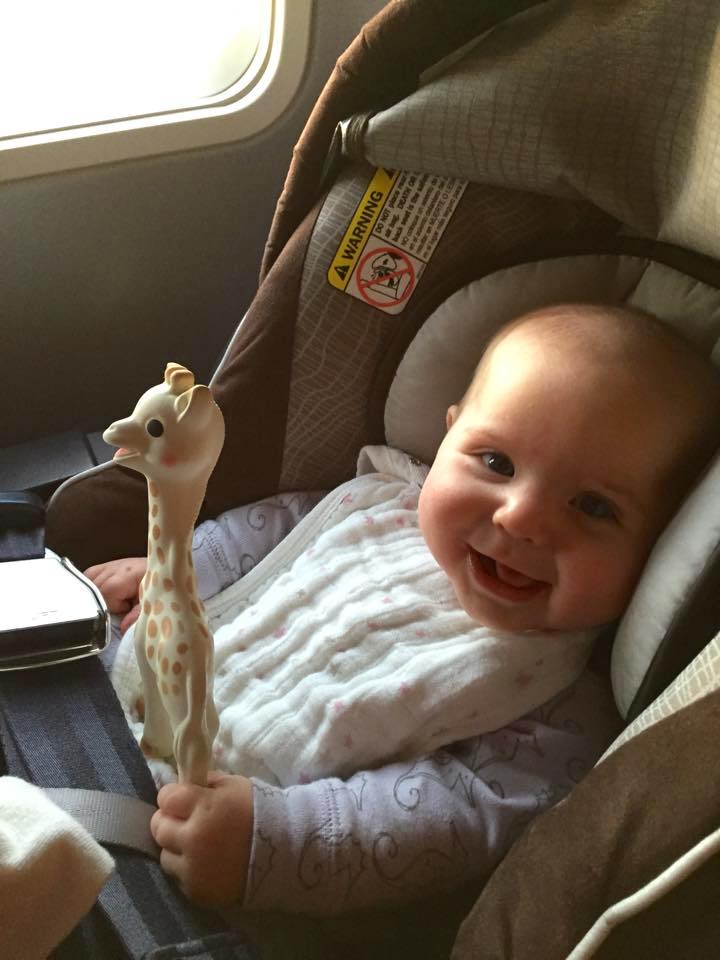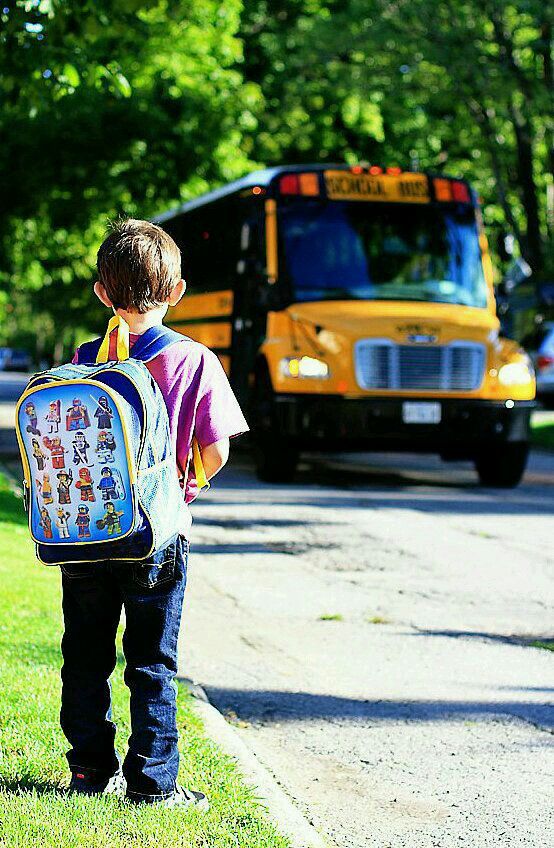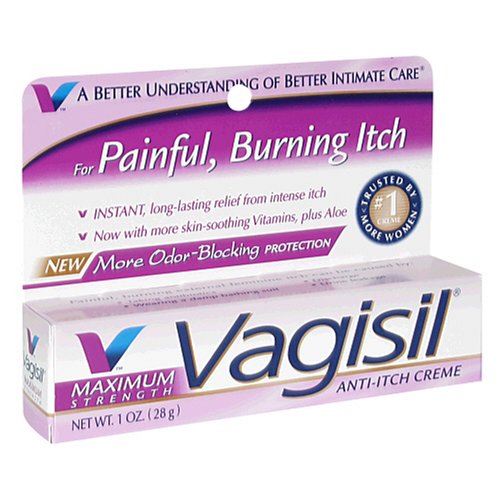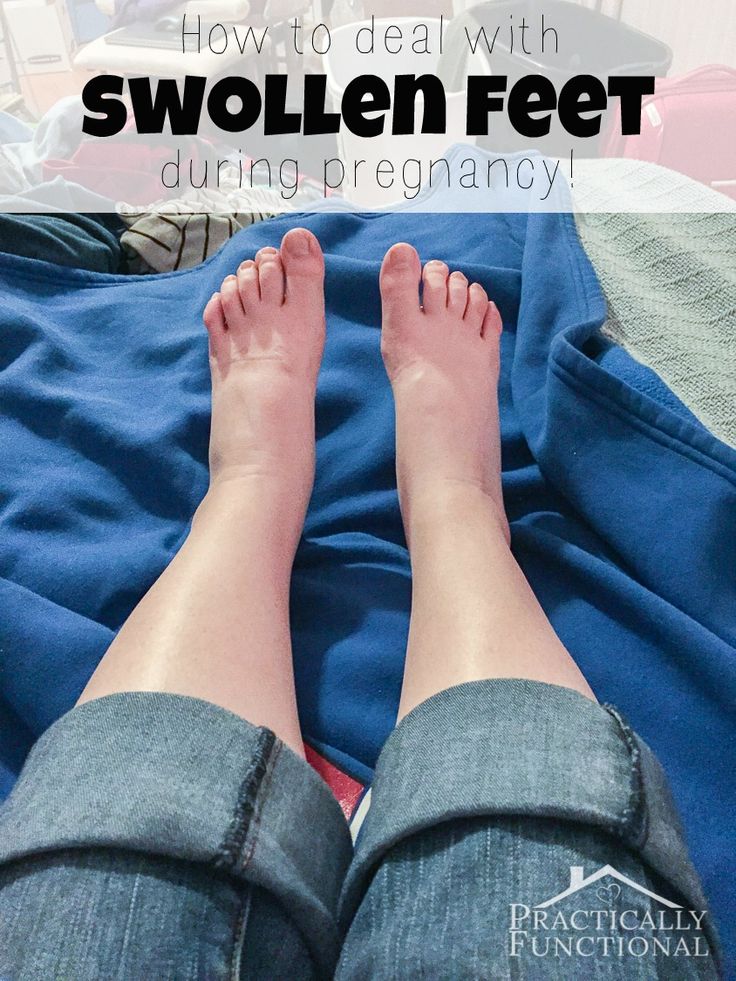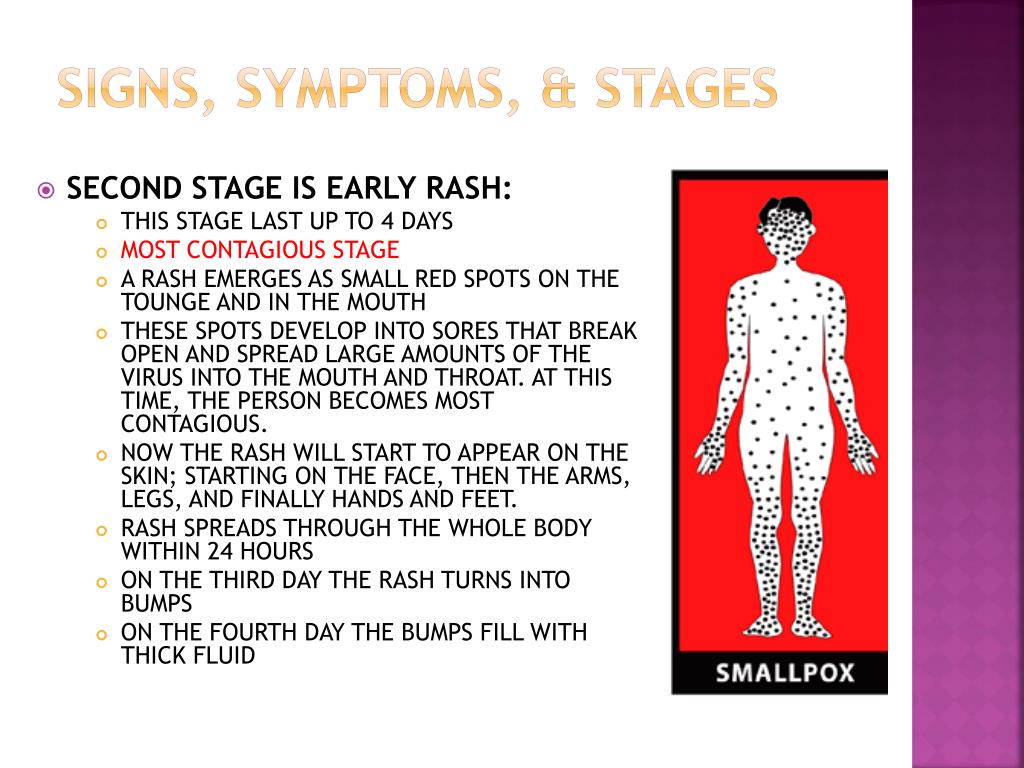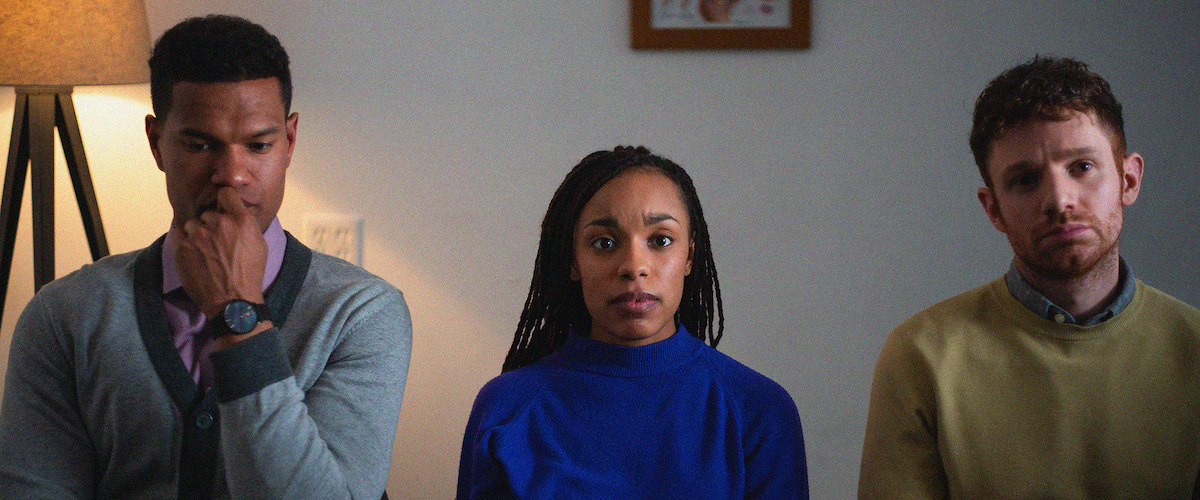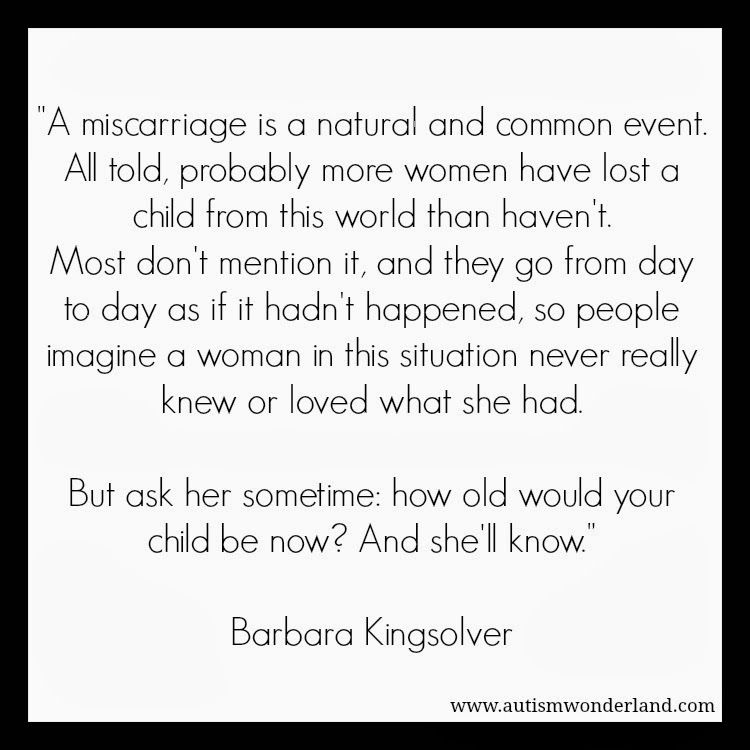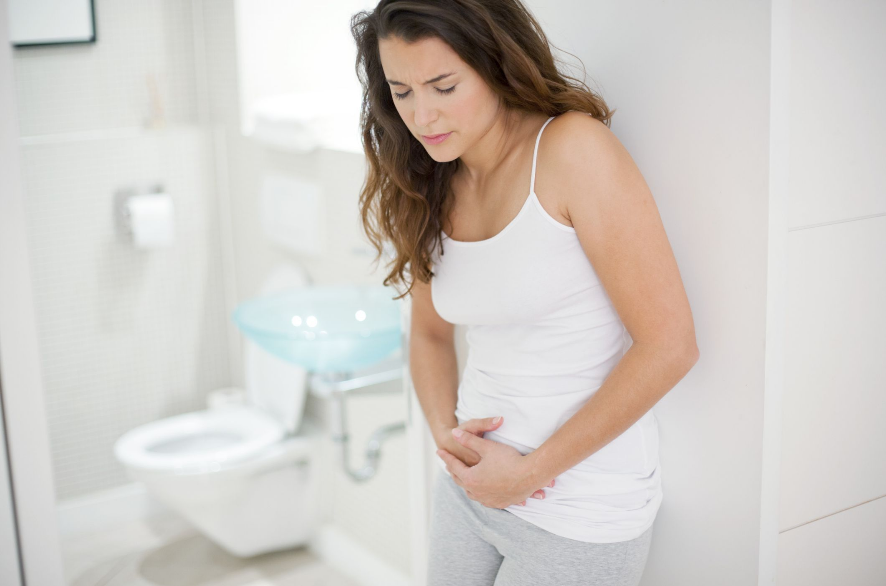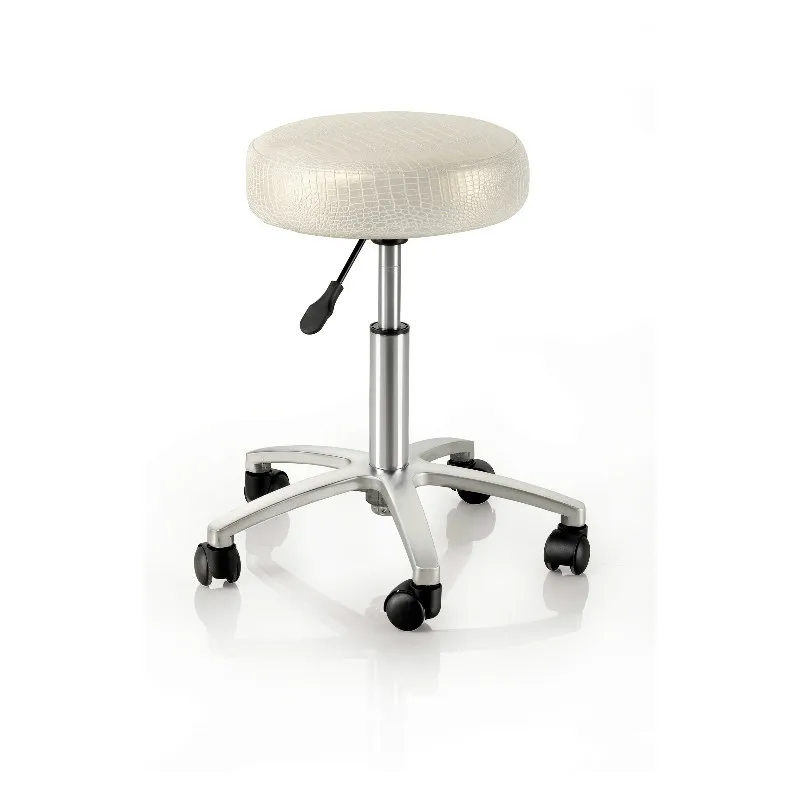Travelling with baby in car
Is it safe for my baby to travel in a car seat a few hours at a time?
Dina DiMaggio, MD, FAAP
Answer
Once COVID-19 vaccines arrived and travel restrictions eased, a lot of families began planning trips again. But with the Delta variant of COVID surging and younger children unable to get the vaccines yet, many parents are opting for longer car rides rather than traveling on crowded planes or other public transportation.
If you're considering a road trip with your infant, here are some tips to help keep your baby safe and comfortable.
Check the car safety seat
If you plan on taking a long drive, it is important to make sure that your infant's
car seat is properly installed. Be sure to read the instructions that came with the seat. The car seat needs to be rear-facing and installed at the correct angle. Following the manufacturer's instructions for installation angle helps prevent your baby's head from slumping down in the seat in a chin-to-chest position that blocks their airway. Also, be sure the five-point harness system is correctly adjusted and pulled snug to your baby at all times while riding in the car.
While on the move, babies can sleep in a properly installed car seat in the car. Car seats are designed not only to protect a baby in a crash, but are also tested to keep babies in safe sleep positions if they doze off. Still, car seats are not ideal for very extended periods when the baby is not being closely watched while sleeping. And they should not be considered a safe place to sleep for the baby outside of the car.
Ride in the backseat with your baby
It is always best to have an adult or responsible older child in the backseat with your baby to easily take care of their needs during the trip. This can help your baby stay on a schedule as much as possible. It allows you to feed them at their usual times (if bottle feeding), play with them, keep an eye out for issues such as car sickness, and know when to stop for a diaper change. Being right by their side to sing, read, or even massage them, will help avoid tears and make for a smoother journey.
This can help your baby stay on a schedule as much as possible. It allows you to feed them at their usual times (if bottle feeding), play with them, keep an eye out for issues such as car sickness, and know when to stop for a diaper change. Being right by their side to sing, read, or even massage them, will help avoid tears and make for a smoother journey.
Take regular breaks
It is important for you and your baby to get out of the car every few hours and take a stretch to avoid restlessness. Try to take a break every 2 to 3 hours for a day trip and every 4 to 6 hours at night to change diapers or soiled clothes, or to feed your baby. Never attempt to breastfeed in a moving car.
Before hitting the road, be prepared and know where gas stations and rest stops are on the way. In case you decide you need a longer break, it's a good idea to know where baby friendly hotels are located. If you aren't sure there will be a safe sleep space at your destination, bring a bassinet or portable play yard with you, since it's not safe for your baby to sleep in the car seat once you arrive.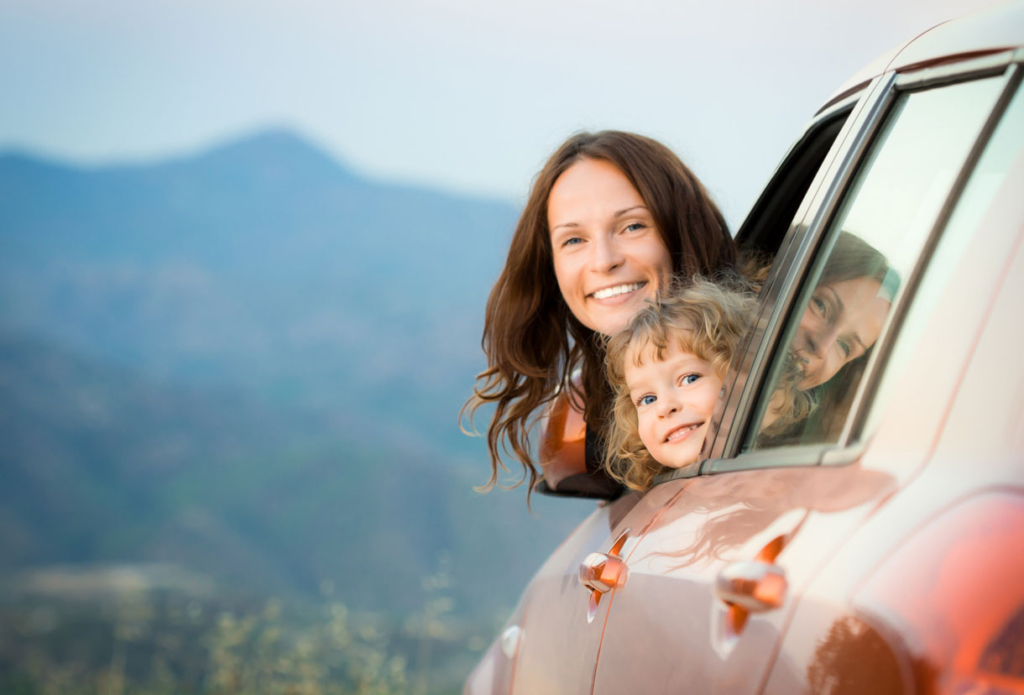
Have essentials close by
Pack a diaper bag or cooler for the back seat to have handy essentials at your fingertips. This may include:
extra diapers, wipes, diaper cream, changing pad, clothes, garbage bags to dispose of diapers, and hand sanitizer
formula or breast milk kept on ice or in a cooling bag, and bibs
pacifiers, a favorite soothing toy, books, and a device to play music for entertainment
a thermometer
Have snacks and water readily available for yourself, too! If you need to stop for a coffee to go, remember not to leave your baby unattended in the car even briefly. Children can suffer heat stroke very quickly in hot cars.
Consider traveling when it best fits your infant's schedule
If you are traveling for a few hours, consider an early morning trip when your baby may still be sleeping, or during longer nap times. For longer trips, consider driving at night when your baby is normally asleep for the night.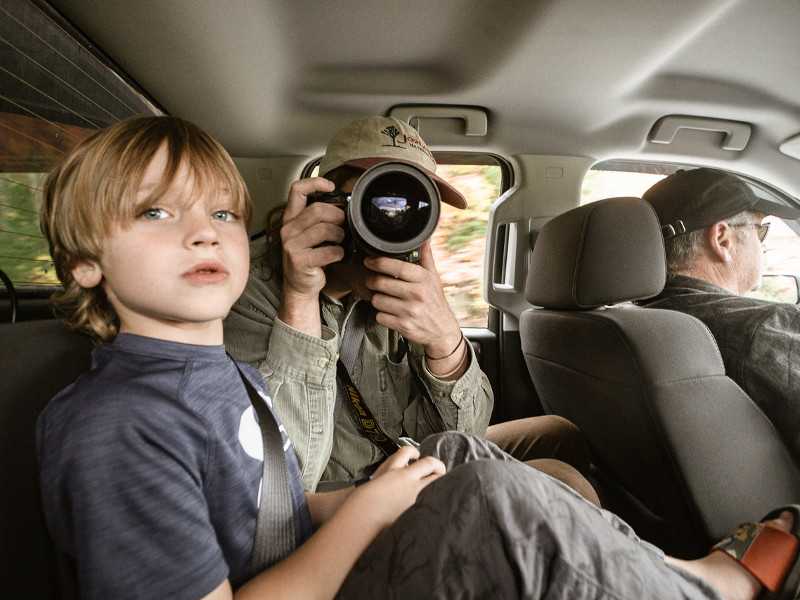
Plan on things not going according to plan
Traveling with an infant can be stressful. It's important to take little bumps in stride and not get too stressed out when things don't go exactly according to plan. Focus on the positives: traveling in a car allows you to take as many stops as needed and to follow your own schedule.
Remember
Talk with your pediatrician if you have any questions about traveling with your infant.
More Information
- Ask the Pediatrician: When can children get the COVID-19 vaccine?
- Ask the Pediatrician: Is it safe for families to travel yet?
-
Car Seats: Information for Families
- Preventing Child Deaths in Hot Cars
Dina DiMaggio, MD, FAAP
Dina DiMaggio, MD, FAAP, is a board-certified pediatrician at Pediatric Associates of NYC and at NYU Langone Health. She is the co-author of The Pediatrician's Guide to Feeding Babies and Toddlers, a comprehensive manual written by a team of medical, nutrition, and culinary experts.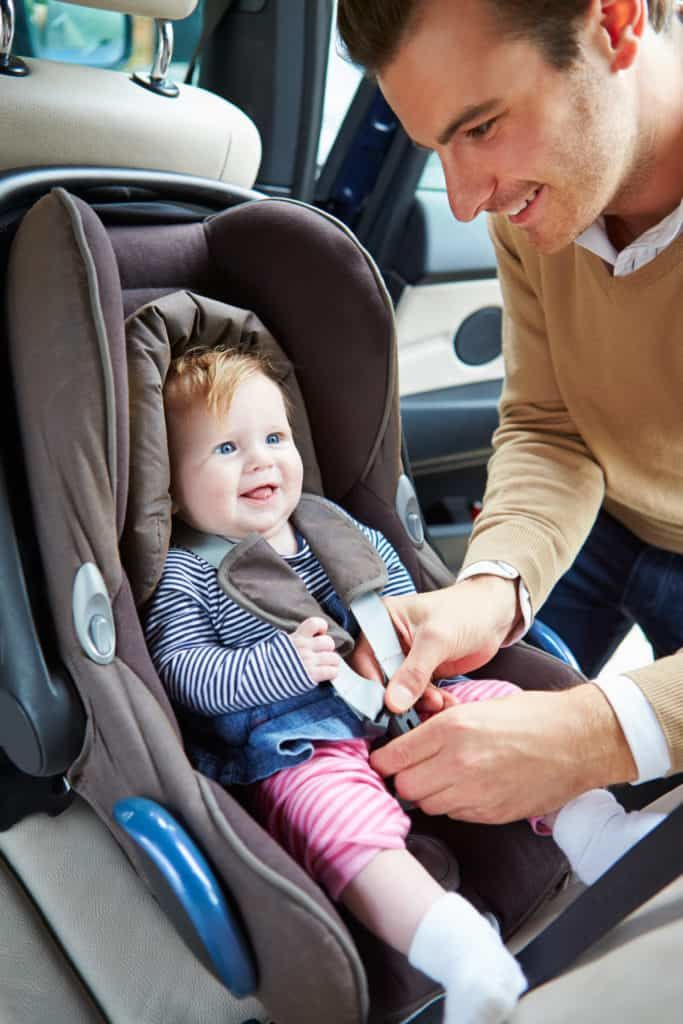 She also serves as an AAP spokesperson. Follow her on Instagram @Pediatriciansguide.
She also serves as an AAP spokesperson. Follow her on Instagram @Pediatriciansguide.
- Last Updated
- 8/13/2021
The information contained on this Web site should not be used as a substitute for the medical care and advice of your pediatrician. There may be variations in treatment that your pediatrician may recommend based on individual facts and circumstances.
Car travel with babies | Pregnancy Birth and Baby
beginning of content3-minute read
Listen
Taking a car trip with your baby can be stressful, especially if it’s a long journey. Using these simple tips when you prepare for the trip can help you ensure it’s as safe and as comfortable as possible for both of you.
Car seats
Before you start thinking about the journey, ensure you are using a baby car seat that’s suited to your baby’s age and size. All seats need to be approved, properly fastened and correctly adjusted so your baby can travel safely.
Babies under 6 months must be seated in a rearward-facing child restraint with an inbuilt harness. Babies aged over 6 months must be seated in a rearward-facing or forward-facing restraint, also with an inbuilt harness.
Preparation for the journey
Plan for regular breaks
Travelling with a baby by car will take longer than travelling with adults. Plan for regular breaks (about 1 break for every 2 hours travel) and expect unscheduled stops, such as for nappy changes.
Babies are not meant to spend long periods of time in their car seat. During stops, allow your baby to kick, roll or crawl around on a rug on the ground where it is safe for them to do so.
If your baby is sleeping as you reach your destination, take your baby out even if it means waking them up.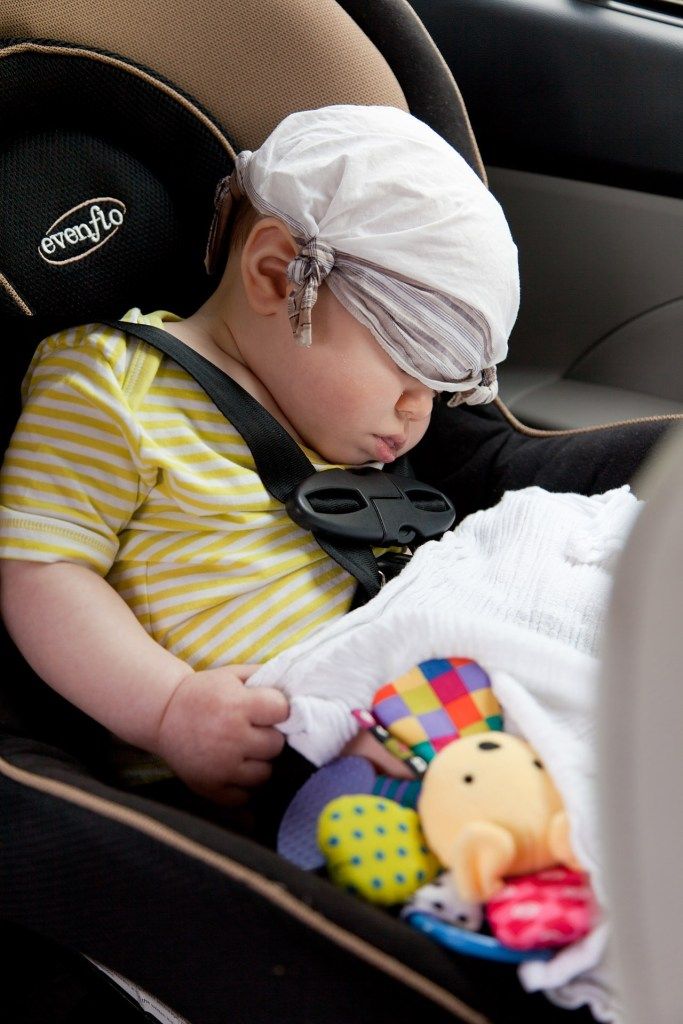 Never leave your child unattended in the car.
Never leave your child unattended in the car.
Food and drink on the trip
If you breastfeed, remember to stop to offer feeds more often if it is hot in the car. Note that it is not safe to breastfeed in a moving car.
If your baby is on infant formula, take the formula powder and cooled boiled water with you so that you can prepare feeds on the trip.
If your baby is on solids, you can also pack simple snacks and water.
Sun protection
If the sun is shining directly on your baby, use a window shade or hang a damp towel over the window to provide shade. Don't use a hood over a capsule since it can restrict air circulation around your baby.
Keep your baby occupied
Bring some of your baby's favourite toys and books to help keep them entertained in the car. On a long trip, you may want to introduce one item at a time so your baby will stay interested for longer. Have a few new items on hand as well, in case your baby gets bored with familiar ones.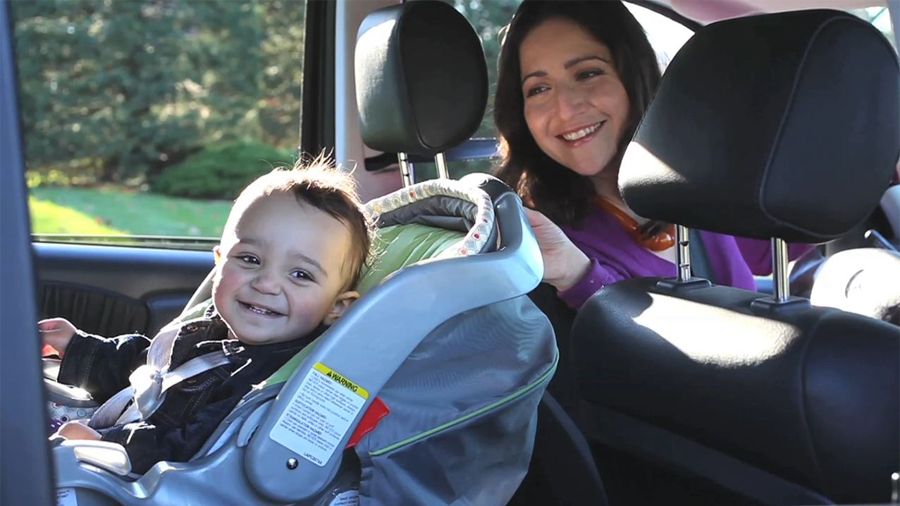 Singing and music may also help keep your baby occupied for a while.
Singing and music may also help keep your baby occupied for a while.
What to pack
Writing a checklist can help reduce any worries you might have about preparing for your car trip.
Here's what you may want to have on hand for your baby:
- items to prepare formula feeds
- snacks and water
- toys and books
- nappies, wipes and spare clothes
- anything else that can help comfort your baby, such as a dummy, favourite toy or blanket
Allow plenty of time for travel
When travelling with a baby, you may find you need to stop more often or for longer than planned. Allow yourself lots of time to travel. You may also want to check real-time information on traffic jams, road conditions and closures from the following government sources.
- New South Wales (132 701)
- Northern Territory (1800 246 199)
- Queensland (13 19 40)
- South Australia (1300 361 033)
- Tasmania
- Victoria (13 11 70)
- Western Australia (138 138)
Sources:
Raising Children Network (Child care safety), Babycenter - Road trip survival guide (Babycenter - Road trip survival guide), Raising Children Network (Travel with children by car, plane, bus and train), Raising Children Network (Infant formula: making, storing and transporting it), Red Nose (Are there recommendations for car seat or baby seat use?)Learn more here about the development and quality assurance of healthdirect content.
Last reviewed: April 2021
Back To Top
Related pages
- Air travel with toddlers
- Air travel with babies
- Car travel with toddlers
This information is for your general information and use only and is not intended to be used as medical advice and should not be used to diagnose, treat, cure or prevent any medical condition, nor should it be used for therapeutic purposes.
The information is not a substitute for independent professional advice and should not be used as an alternative to professional health care. If you have a particular medical problem, please consult a healthcare professional.
Except as permitted under the Copyright Act 1968, this publication or any part of it may not be reproduced, altered, adapted, stored and/or distributed in any form or by any means without the prior written permission of Healthdirect Australia.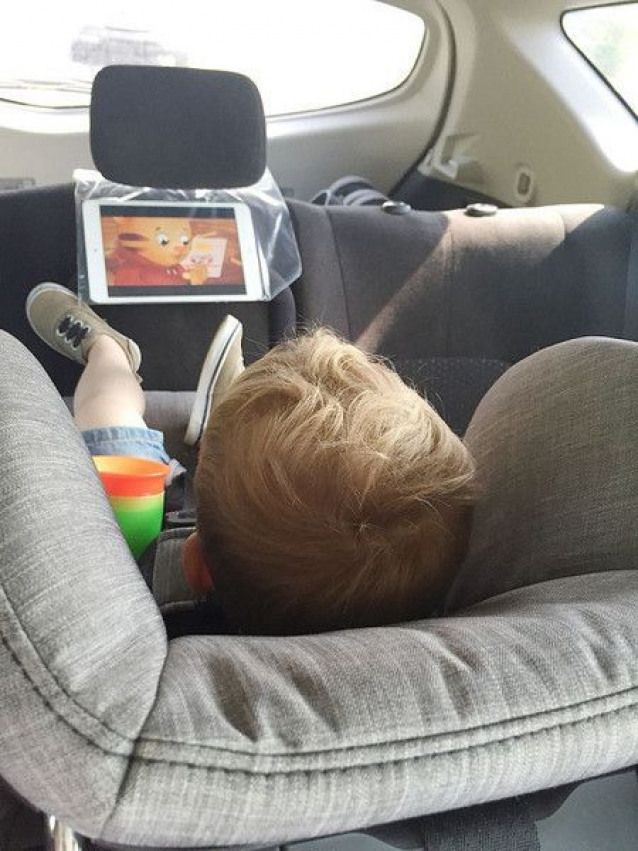
Support this browser is being discontinued for Pregnancy, Birth and Baby
Support for this browser is being discontinued for this site
- Internet Explorer 11 and lower
We currently support Microsoft Edge, Chrome, Firefox and Safari. For more information, please visit the links below:
- Chrome by Google
- Firefox by Mozilla
- Microsoft Edge
- Safari by Apple
You are welcome to continue browsing this site with this browser. Some features, tools or interaction may not work correctly.
How to travel with a child by car and not go crazy
June 3TravelColumn
The main advice that will allow you to enjoy the process: do not bother.
Share
0 You can listen to a short version of the article. If it's more convenient for you, turn on the podcast.
Svetlana Vinogradova
Traveled 12,000 km in a car with a child.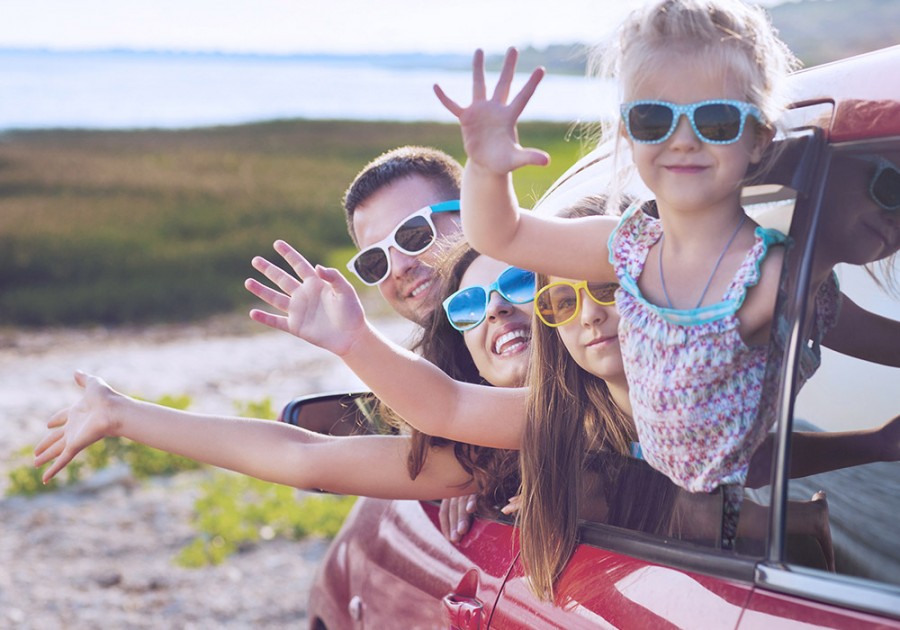
It's difficult. Very difficult. The child can't stand it. He wants to run, to his mother, to look, touch, again on the hands, eat, drink and so on. He gets tired quickly, so he will cry and break out of the car seat. This, in turn, terribly tires us, and everyone, tired and annoyed, wants to turn back and never go anywhere else.
Don't do this if you're unsure or don't want to. Or you have a very restless child. Fly on an airplane. Whoops, and you're there. Or just an 8 hour flight. Yes, after such a journey, 8 hours in an airplane is pfft.
Stops
Large
Divide the trip into parts. Empirically, we have established that the maximum number of hours that parents and a child can endure is 7. Or better, 6. We drive for 6 hours, stop in some city for the night.
Small
Stop for gas, drink, pee, eat — take the child out and walk for 15–30 minutes. As you might guess, because of this, 6 hours of travel turn into eight or more.
When Jan was six months old, we went by car to Moscow non-stop. I thought that I would end, I roared on the way from impotence. Now we even divide the trip to Moscow into two days - we spend the night in Nizhny Novgorod.
I thought that I would end, I roared on the way from impotence. Now we even divide the trip to Moscow into two days - we spend the night in Nizhny Novgorod.
After 6-8 hours of driving we are exhausted. But sleep returns strength, and in the morning we are again cheerful and cheerful. And a side effect: you will enjoy the trip.
Sleep
If the child sleeps during the day, make a trip to sleep. For example, leave the city at 11-12 in the afternoon, the child will immediately fall asleep and sleep for 2-3 hours. And there the remaining time will be easier (this is not 8 hours of entertainment).
Do not drive at night. You will have one person who has had enough sleep - this is a child. In the morning he will be awake, and you will have to hang out with him, and you are a zombie.
Food
- One rule: don't bother. The child may stop eating from stress or switch to bread and apples. Let him eat it if he wants. Kill it.
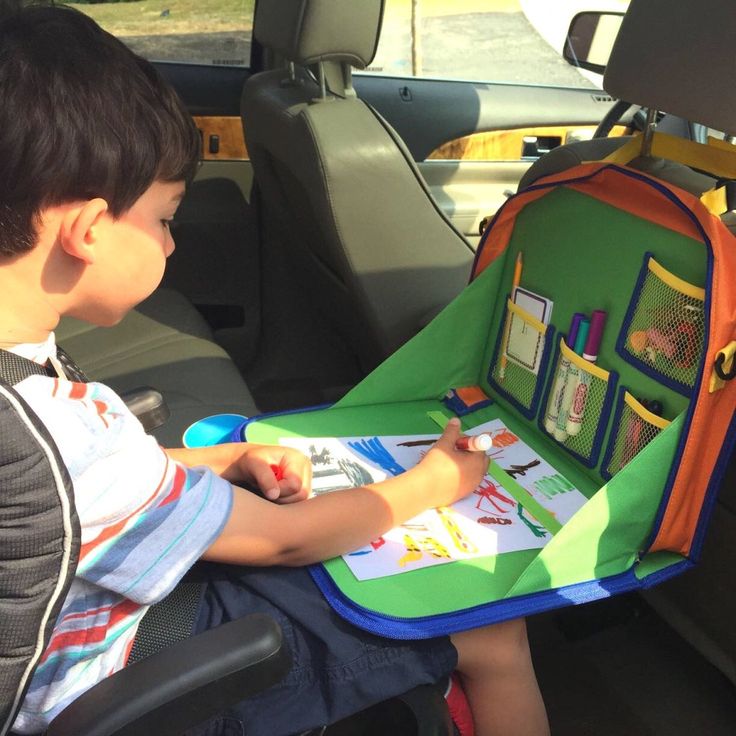
- If the baby is still on formula (like ours: one meal a night), this is the easiest option for the trip. Divorced, given. At the same time, the usual one feeding with a mixture at night can turn into three feedings instead of breakfast, lunch and dinner. See point one: don't bother. Moreover, the mixture is nutritious and healthy.
- Even better when breastfeeding: also a quick way to soothe your baby.
- Do not bring jars or food containers with you. First, the child may refuse to eat this food. Second, it's inconvenient. If the child is on a general diet, stop eating regular food. There are super gas stations where they cook normally.
- Space eater. Praise for this invention! These are soft packs. There are fruits, vegetables, and whole meals with potatoes and meat.
- Snacks: apples, carrots, dryers, biscuits, bananas, crispbread, bread. We eat cookies, dryers and tons of apples on trips. If you are worried about a healthy lifestyle, see point one.
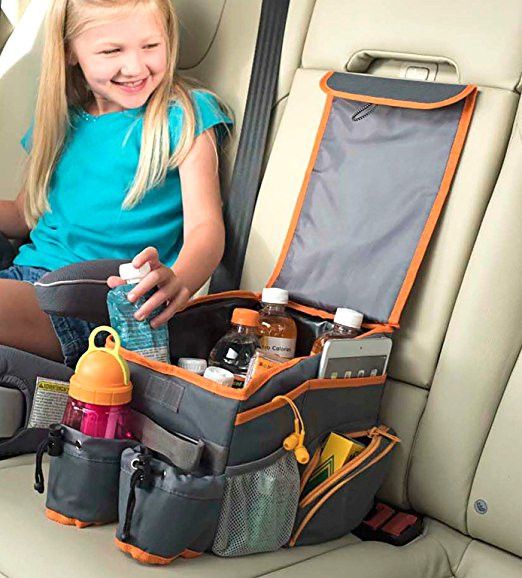 Nerves are more important.
Nerves are more important.
Drinking
Lots of water, lots of water. Or whatever your child drinks. The air in the car is dry. Buy one bottle with a sports neck and pour water from large containers into it.
Entertainment
Toys
Take a ton of toys with you. It is best to buy new ones and give them to the child. The novelty effect is distracting.
Cartoons and mobile games
Download gigabytes of cartoons your child watches. And muffle your conscience if you think that viewing them should only be from 18 years old or 20 minutes a day.
Cartoons are salvation. The same goes for games on your phone or tablet. If the child is playing, let him play.
We don't play cartoons for Jan for the whole 6 hours of the trip. It's too much, of course. We had a schedule: 2-3 hours of sleep, then 1-2 hours - food and entertainment (toys), an hour - "Kids". The last hour is the most difficult: everyone is tired, the child is rushing somewhere and crying.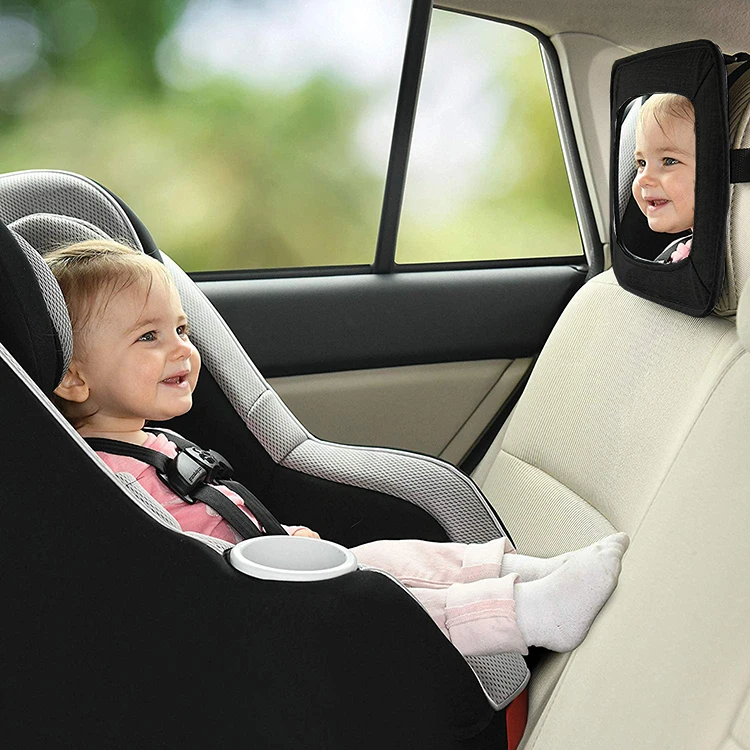 And here is the salvation: you put on cartoons and relax. And an hour of watching for a small child is also tiring, he gets tired and no longer cries when you turn it off.
And here is the salvation: you put on cartoons and relax. And an hour of watching for a small child is also tiring, he gets tired and no longer cries when you turn it off.
Gas stations
Drive only on highways with good gas stations. The good ones are normal food and a clean toilet with hot water. The most disgusting thing is when you need to change the diaper in an incomprehensible place.
We have favorite gas stations: Shell, BP (they even have their own kitchen), Lukoil, Gazprom (there are also excellent ones). In Europe, as a rule, each gas station on the tracks includes huge clean toilets, almost restaurants, and children's corners with high chairs.
First Aid Kit
Much has been written on the Internet about what to put in a first aid kit when traveling with a child. We had a separate container, a big one. You will most likely not need anything, but you will be calm.
Stroller
Take. Even if now you think that you can carry a child in your arms, it is not so. You can't. On the very first day, you will fall and refuse to walk further. It is better to take less clothes.
You can't. On the very first day, you will fall and refuse to walk further. It is better to take less clothes.
Napkins
Napkins should be stuffed wherever you can stuff something. Dry and wet.
Bags
Make separate bags or bags with these things:
- Food for the road (and keep it in the cabin).
- Sleeping items. These can be slippers, hygiene items, change of underpants, diapers, home clothes or pajamas. And put it in the trunk within easy reach. Thus, you will need to take only one package from the car to the hostel. And you don’t have to take out a huge suitcase every time.
Order
Be prepared for the fact that there will be a mega-crash in the car: crumbs and pieces of food everywhere. Don't bother (golden rule). And get a trash bag.
Overnight stay
Hostels are better than hotels: there is a kitchen available around the clock where you can wash bottles, cook food, there is water and boiling water, a washing machine. Hotels have their own rules for this. Almost every hostel has family rooms with their own bathroom. Well, it's cheaper too. We used to book on Booking.com.
Hotels have their own rules for this. Almost every hostel has family rooms with their own bathroom. Well, it's cheaper too. We used to book on Booking.com.
Choose hostels with 24-hour check-in. Otherwise, you can get there, as we did once in Prague: the arrival time shifted by several hours (from 8 pm to 12 am), and in the hostel check-in only until 8. They completely refused me, like “go to nowhere, to foreign country." I got into a bit of a fight, and Booking.com allowed me to cancel my booking for free. I booked another hostel in a few minutes from the same app, and it turned out to be absolutely amazing.
Planning
Plan everything. Reservation of overnight stays, where you will eat, what you will watch. Believe me, the attitude “let's go where our eyes look and sit in some cafe” does not work.
Google Maps to help you (feature Explore Nearby) and MAPS.ME (for offline maps). Lay routes in advance (to the point of overnight stay), generate a link to the route and place it in easy accessibility (we had a separate chat in the Telegram channel): I got into the car, clicked on the link and drove off.
And agree on who does what: “Now we stop, you carry this, I take the child and this package.” You already have enough trouble. Planning makes life easier and removes the annoyance of unrealistic expectations (“I thought you would do it”).
In general, despite the fact that such trips are very exhausting, it is very cool. Moreover, travel enriches impressions and develops young children.
Read also 🧐
- 20 cool educational games, apps and websites for kids aged 6-7
- 7 most beautiful places in Russia worth seeing at least once in your life
- 9 essential items for a road trip with a child
how to travel long distances, what to take and what to do with a child, life hacks and tips nine months, we went on our first journey.
We were driving from Lipetsk, where we live, to the Trudobelikovsky farm in the Krasnodar Territory, to my great-aunt. The path was about 1000 km. We overcame them in 15 hours: we left at five in the morning and arrived at eight in the evening.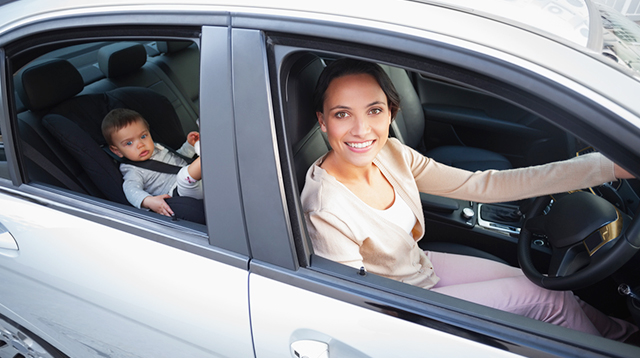 My husband drove the car, and I entertained my son. They were afraid that it would be difficult for the child to fall asleep and he would start to act up, but everything worked out.
My husband drove the car, and I entertained my son. They were afraid that it would be difficult for the child to fall asleep and he would start to act up, but everything worked out.
Soon my son is four years old, and during this time we have made more than ten trips over long distances. Difficulties arose at different ages. For example, when my son was a year old, he learned to unfasten his seat belts in a car seat, so I had to switch his attention to prevent this. At the age of two, it turned out to be difficult to entertain him: toys quickly got bored, and he didn’t want to sleep.
Despite the problems, we enjoy traveling by car. I’ll tell you how we think over everything so that the trip takes place in the most comfortable conditions.
During our first trip, we lived with our grandmother and traveled around the Krasnodar Territory every day. So the son saw the seaWhat will you learn
- Why do we travel by car
- How to ensure safety
- How to organize meals
- How to choose the right clothes and shoes
- How to pack a first aid kit for the road
- How to solve the problem with the toilet
- What else to take
- How to help sleep
Why do we travel by car
After the birth of the child, we did not travel in other ways. In 2020, we wanted to fly abroad and even booked a hotel, but the coronavirus pandemic began, so we stayed at home. In 2022, I offered my husband to take the train, but he thought about it and admitted that he was calmer by car. I did not insist, because for me it was not fundamental. Moreover, this method of travel has many advantages.
In 2020, we wanted to fly abroad and even booked a hotel, but the coronavirus pandemic began, so we stayed at home. In 2022, I offered my husband to take the train, but he thought about it and admitted that he was calmer by car. I did not insist, because for me it was not fundamental. Moreover, this method of travel has many advantages.
You can take a lot of things with you. The child often gets dirty, and if he is very small, he needs diapers. I can't imagine how you can put all your things in one bag. On our first trip, we even stocked up on fruit purees and juices - and did not regret it: in the Krasnodar Territory they cost 5-10 R more. When we went to Vladimir in the winter of 2019, we took spare bologna pants, a jacket and shoes - they came in handy because my son liked to play in the snow and sometimes his outerwear got wet.
Most likely, if we traveled by train or bus, I would be able to reduce the number of things. But we solved the problem and bought an autobox - a roof rack that is attached to the car roof.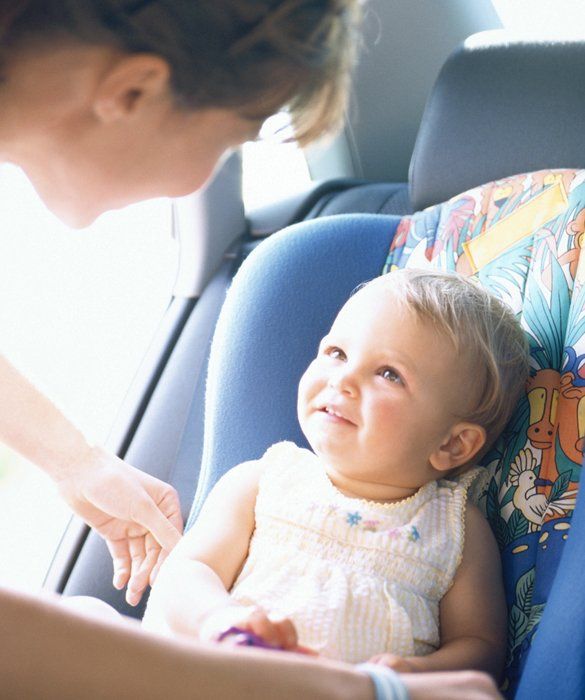 In 2019, they paid 10,000 R for it, now such models cost about twice as much.
In 2019, they paid 10,000 R for it, now such models cost about twice as much.
/baby-train/
How to travel with a child by train and not go crazy
The cost of a car box depends largely on capacity. Source: market.yandex.ru As a rule, we put two suitcases in the car box: in one the child's things, in the other - my husband and I, as well as a bag with medicines. Stroller, sled or bicycle for the son and essentials are in the trunkDon't be in a hurry. We like to organize our own time and not be tied to a traffic schedule. Once they planned to leave at six in the morning, but overslept, and then got ready for a long time, as a result of which they set off 40 minutes later. In the case of a bus, train, or even more so an airplane, this would not have happened.
You can make stops as you wish. We try not to make long stops, preferring to get to our destination faster. But sometimes the son gets tired of sitting tightly fastened in the car seat and starts to act up, but he fails to switch his attention.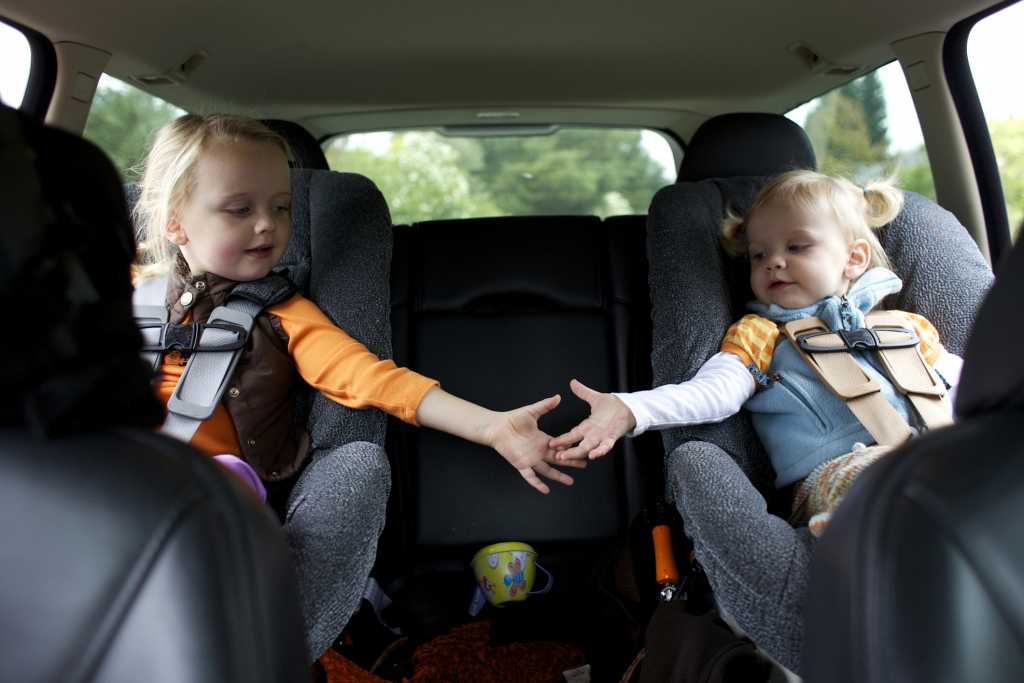
If we go where we can stop, we take a break and give the child the opportunity to walk. For example, in the summer of 2021, when we were driving from Crimea, we stopped at a roadside cafe: we ate, our son drew, rested, and we continued on our way.
/tocrimeabycar/
How much does it cost to go around Crimea by car
You can plan an unusual route. Usually we choose the city where we will live, but in addition I make a list of attractions in neighboring settlements. When we first went to the Krasnodar Territory to visit our grandmother, at the same time we visited the sea in the village of Golubitskaya, Novorossiysk, Krasnodar. And when we were in Nizhny Novgorod, we also visited Arzamas, Gorodets and Semyonov. To make the same journey with a small child on buses would be difficult, and on a taxi it would be expensive.
On one of the days of our stay in Nizhny Novgorod, we visited Gorodets. The museum and tourist complex "City of Masters" did not impress my son, but my husband and I liked itHow to ensure safety
Transporting a child in a car seat.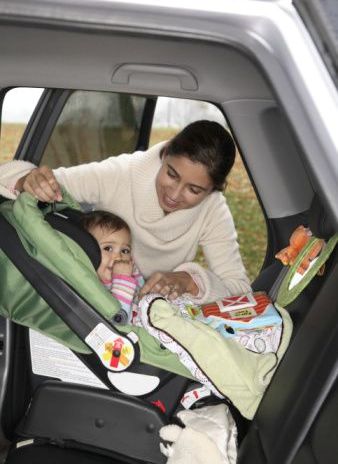 It is correctly called a "child restraint", so the safety system also includes straps, belts, buckles and seats that are attached to the inside of the car body. Their task is to make the trip safer so that in the event of an accident or sudden braking, the child does not hit.
It is correctly called a "child restraint", so the safety system also includes straps, belts, buckles and seats that are attached to the inside of the car body. Their task is to make the trip safer so that in the event of an accident or sudden braking, the child does not hit.
Up to seven years, a child must be transported only in a car seat, from seven to eleven years old, you can simply fasten it with ordinary seat belts, but if he rides in the front seat, a car seat is also required. For non-compliance with this rule, there is a fine - 3000 R.
art. 22.9 SDA
p. 3 art. 12.23 of the Code of Administrative Offenses of the Russian Federation
It turns out that, according to the traffic rules, a child over seven years old can be carried in the back seat of a car if he is fastened with a belt. But we recommend using a child seat anyway - for safety's sake.
Car seats are divided into groups according to the weight of the child. There are combined models, theoretically they should be suitable for children weighing up to 36 kg, that is, up to about 12 years.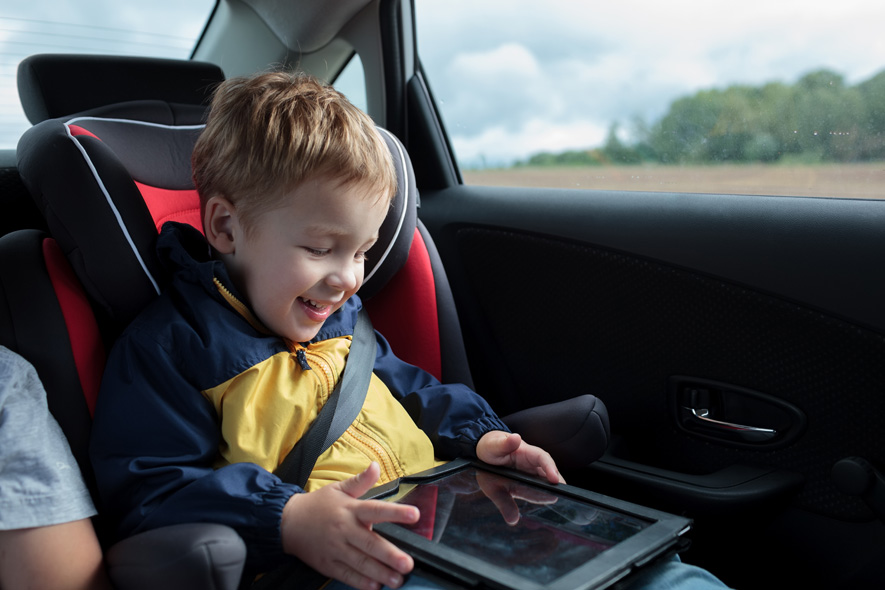 But I read that such chairs are less safe, since the difference in weight, height and build of a newborn and a ten-year-old is too big. It is difficult for manufacturers to select mounts that would firmly hold children with a large difference in age in a car seat, so they focus on average parameters.
But I read that such chairs are less safe, since the difference in weight, height and build of a newborn and a ten-year-old is too big. It is difficult for manufacturers to select mounts that would firmly hold children with a large difference in age in a car seat, so they focus on average parameters.
In the summer of 2018, for the birth of our son, we bought a car seat designed for a weight of up to 13 kg, that is, up to about a year. We paid 3000 R. We expected that we would get a full-fledged car seat closer to the year.
/child-safety-seat/
How to choose a child car seat
But a few days before our first long trip, my son refused to sit in the cradle: he was naughty and tried to assume a vertical position in order to look out the window. It was difficult to calm down. It would be hard to drive like this for 12-15 hours, but we didn’t want to hastily buy another model, because we were afraid of not taking into account something. As a result, we took a car seat from my husband's sister so that my son could ride sitting, and not just reclining.
As a result, we took a car seat from my husband's sister so that my son could ride sitting, and not just reclining.
It is better not to use used car seats: if such a device has previously been in an accident, there may be cracks and hidden damage in its body. In the event of another accident, such a chair will not cope with its task and the child may be injured. We checked everything very carefully and were sure that this was not the case in our case.
Secure the child. It is important that the child is not just sitting in the car seat, but is securely fixed. Most often, the internal seat belts of the car seat are used for this. They are three-point and five-point - the latter are more reliable, since they come into contact with the chair not only in the area of the shoulders and between the legs, but also in the area of \u200b\u200bthe belt.
Instead of belts, a "safety table" can be used - a rigid structure that covers the chest, stomach and groin.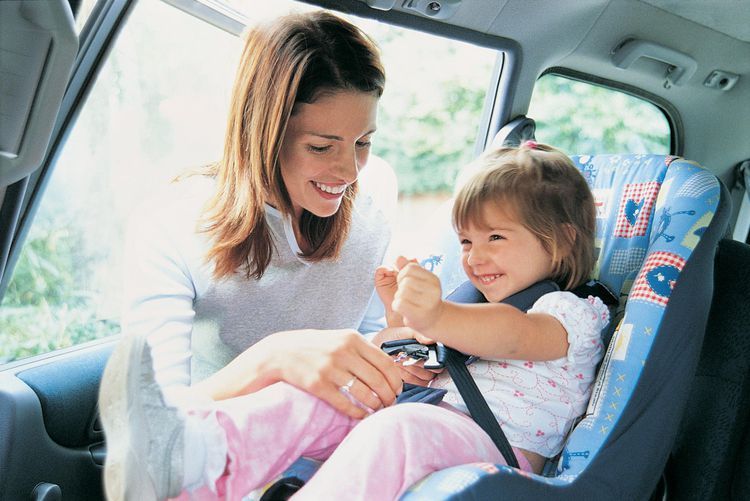 A car seat with such a table costs 20,000-30,000 RUR. must weigh less than 18 kg and be less than 105 cm. When he grows up, you can use the car's regular seat belts.
A car seat with such a table costs 20,000-30,000 RUR. must weigh less than 18 kg and be less than 105 cm. When he grows up, you can use the car's regular seat belts.
The table did not inspire confidence in me, and I settled on a car seat with internal seat belts that had a five-point attachment. Perhaps in vain, because very quickly the son learned to unfasten the latch, and if it didn’t work out, he tried to take his hands out and crawl out of the car seat.
It's not safe, and you had to go to tricks to switch the child's attention, or take a break on the road. As a rule, toys did not help, but the son could be distracted by unexpected questions. For example, once I asked him to remember how many slides there were in the water park, and while he was thinking, we reached the parking lot.
This is what a five-point fixation looks like. Source: ozon.ru Car seat with a "safety table". Source: cybex-baby.ru Lock the doors. Rear door locking is provided for almost all modern cars.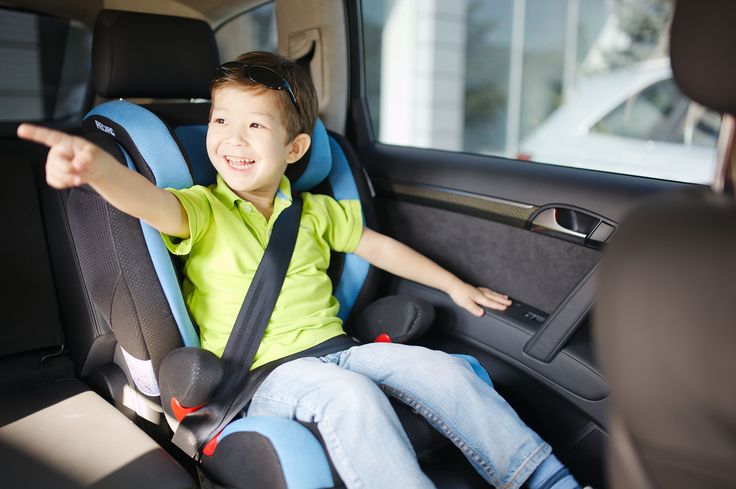 It allows you to lock the internal handles. The door can only be opened from the outside, which means that the child will not be able to accidentally do this while driving.
It allows you to lock the internal handles. The door can only be opened from the outside, which means that the child will not be able to accidentally do this while driving.
Different car models can lock and unlock the lock in different ways. We have a Lada XRAY, and to lock the rear doors from the inside, you need to lower the lever located under the lock mechanism.
When my son was in the infant carrier, we did not block the doors. But at the age of a year and a half, on one of the trips, he got nervous and, being fastened, reached for the door handle and pulled on it. Fortunately, the door just opened a little, I quickly slammed it, but as soon as the opportunity arose, my husband stopped, and we blocked everything. Now the rear doors cannot be accidentally opened on the road.
9 things for traveling with a child by car0002 Stop for snacks. On two- or three-hour trips, we go without food, but on longer trips we take snacks that we put in a cooler bag.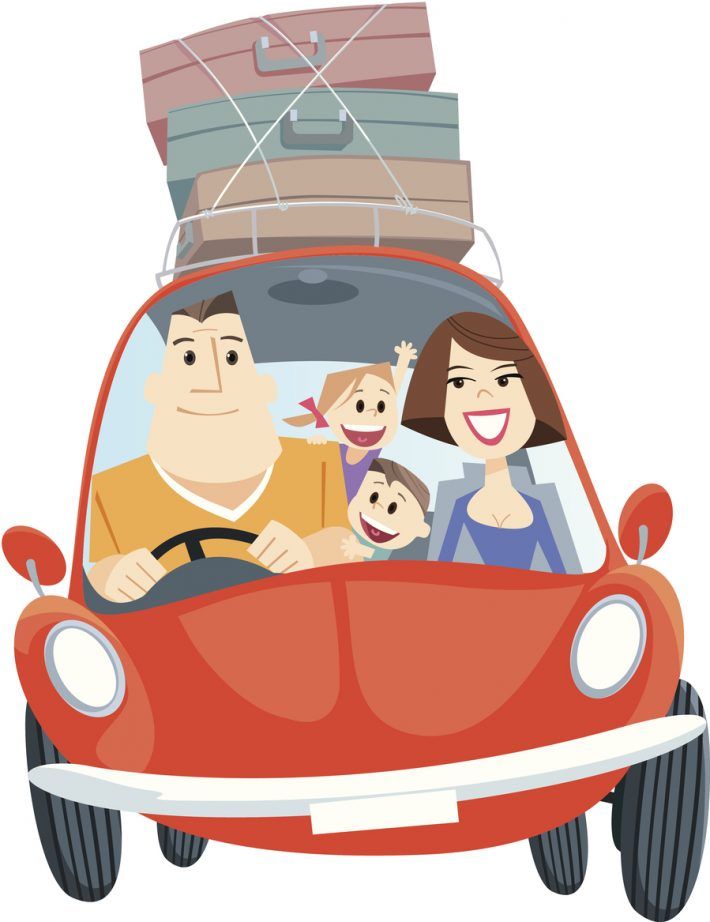 It is dangerous to feed or drink while driving, as the child may choke or choke, and we make stops.
It is dangerous to feed or drink while driving, as the child may choke or choke, and we make stops.
You can go to catering establishments on the route, but roadside cafes are rare in some directions, and I'm worried about the quality of food. We usually park where it's allowed, unfasten our seat belts, and eat in the car. To do this, we bought a cooler bag. I think in advance what we will eat on the way, I will tell you in detail about how to organize the menu below.
I only allow the water bottle to be tilted like this during stops If we are standing or moving slowly in a traffic jam, the son sometimes snacks on cookiesDo not leave the child alone. When parking, it is forbidden to leave a child under seven years old in a car without an adult. This is dangerous - for example, in summer the child may overheat.
Sec. 12.8 SDA
In addition, leaving a child alone in a car is prohibited by law. For such an offense, a fine of up to 80,000 R or imprisonment for up to a year is provided.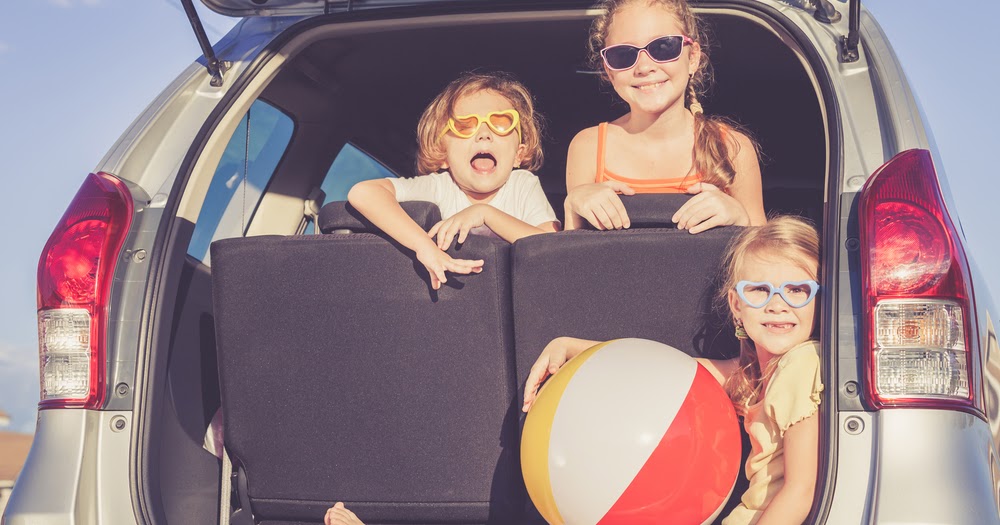
Art. 125 of the Criminal Code of the Russian Federation
But again, the point is not in traffic rules and not in the criminal code. This is very dangerous - for example, in summer a child can overheat or suffocate. It is important to remember that he most likely will not be able to get out of a closed car, even if he really wants to.
What to feed your child on a trip
Much depends on the age and taste preferences of the child. I think over every meal in advance and take food with a small margin. To do this, in 2019 we bought a cooler bag with a capacity of 24 liters with two cold accumulators - for 2000 R. Now such bags cost 6000-10 000 R.
Usually, the food remains, but does not have time to spoil, as we finish it in the evening after arriving at the destination. I find it easier to have a supply of food than to explain to a hungry child when we can eat.
I read on the forums that some people take soup, boiled meat, pies and meatballs on the road, but I'm afraid that such food will go bad, and it's inconvenient to feed a child with soup in the car.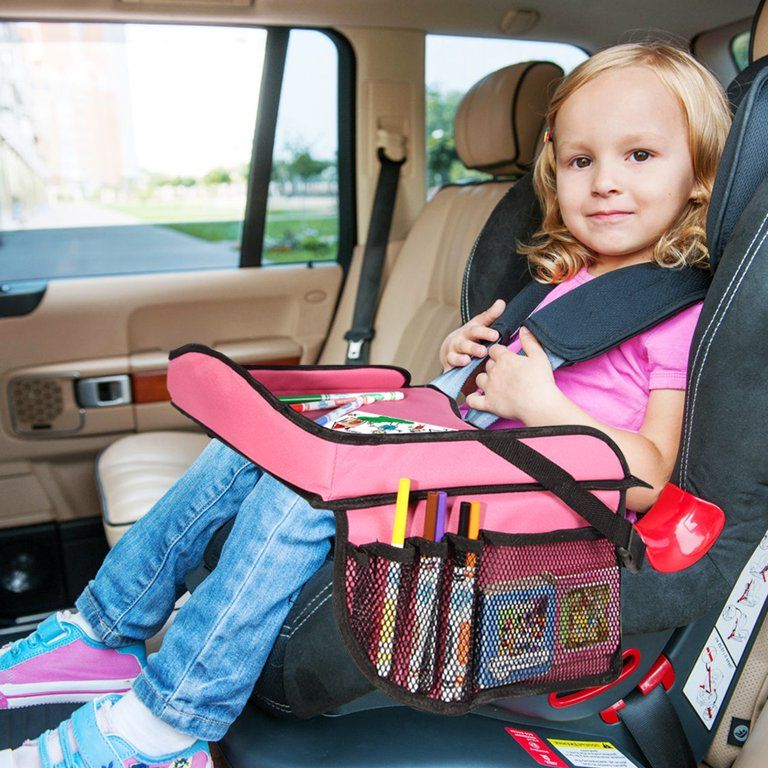 I'll tell you what we take most often.
I'll tell you what we take most often.
Canned puree. After feeding, I preferred to cook mashed potatoes on my own: it seemed to me that it was not only healthier, but also cheaper. At that time, my parents had their own garden, they shared their harvest with us. However, when traveling, she made exceptions and fed the child with store-bought food.
On our first long trip, my son was nine months old, then he had not yet switched to a common table. We took a cooler bag, where we put a can of mashed potatoes: it is hermetically packed, therefore, it is safer than cooked.
/guide/prikorm-detyam/
How to introduce complementary foods to children
Vegetables and fruits. From the first we prefer to take cucumbers, from the second - apples and slightly unripe bananas, since they can be eaten on the road and not get dirty. Such snacks will not replace a full meal, but will allow you to wait for it.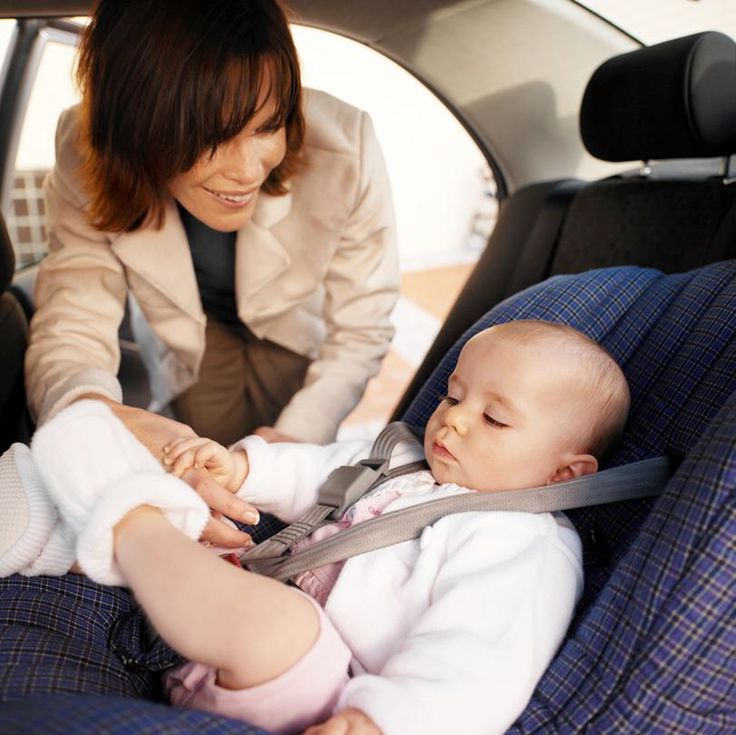
Boiled eggs. Their son loves them, and on the road his lunch may consist of an egg with a cucumber and a piece of bread. It is nutritious and convenient if there are no catering establishments along the way. I usually boil three or four eggs, one for each and a spare, wrap it in foil and put it in a cooler bag. If we don't eat everything on the road, we do it upon arrival.
Omelet. Suitable if we leave early in the morning without having time to have breakfast. If I plan to eat it in two hours, I put it in a thermos for food, if later - in a cooler bag. I don’t know how safe it is, since we didn’t have an omelette for more than four hours.
Boiled potatoes. First I boil it in its uniform, then I clean it and fry it a little. When the potatoes cool down, I wrap them in foil and put them in a cooler bag. We also eat it after a maximum of four hours of travel: I'm afraid that after a long time, the potato may deteriorate.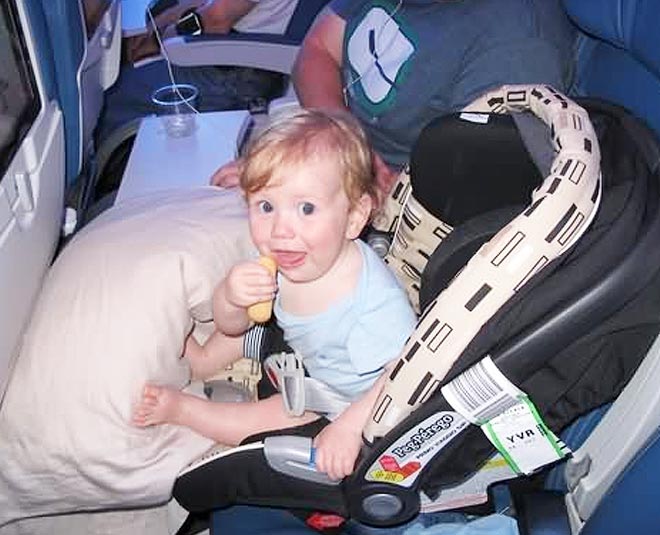
Bread. For sandwiches, I have not yet been able to find an ingredient that would suit everyone. Therefore, we just take sliced bread and eat slices as a bite to the main meal, and the son is like that. I met advice to take bread or crackers on the road, but our family does not like them.
Unsweetened biscuits. We usually take several packs of "Yubileyny" or "Homemade": such cookies do not cause thirst, and do not yet crumble much. One day, my husband bought muffins, but then I had to shake out rugs and collect crumbs from a child car seat. It took a lot of time and effort.
Oatmeal. On the eve of departure, I cook full-fledged oatmeal, transfer it to a thermos for food and add berries. If you have to drive for more than ten hours, you can brew instant porridge right on the road and add, for example, a few banana slices. It's safe and nutritious.
Water. Just in case, we take several packages of juice, but I try not to give it on the way: it is more difficult to quench my thirst with a sweet drink than with drinking water.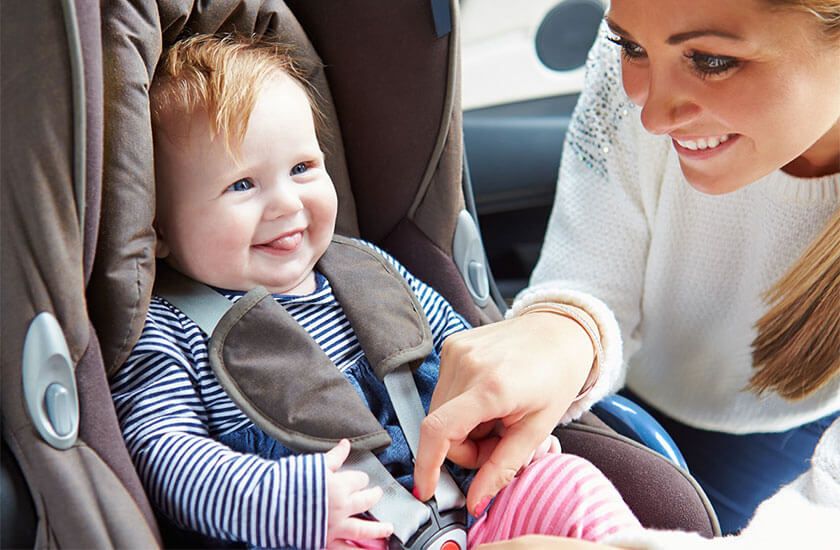 I prefer bottles with a maximum of 0.5 liters, as they are more convenient to use.
I prefer bottles with a maximum of 0.5 liters, as they are more convenient to use.
As a rule, when traveling with a child there is a lot of garbage: used wet wipes, wrappers, bottles. In order not to look for which bag I put the garbage bags in, I spread them all over the car. So they are always at hand.
/ecotravel/
How to travel in an environmentally friendly way
The cost of a car refrigerator depends on the volume and configuration. We have the simplest model, but some are charged from the battery or, say, have protection against the level of battery discharge. Source: market.yandex.ruHow to choose the right clothes and shoes
Clothes should be comfortable and not interfere. Since the child will have to sit in one place for a long time, being tightly fastened, it is better if the sweater does not prick and the seat belt rubs the skin.
Once, when we went to the Crimea in the summer, I put on a wrestling T-shirt for my son.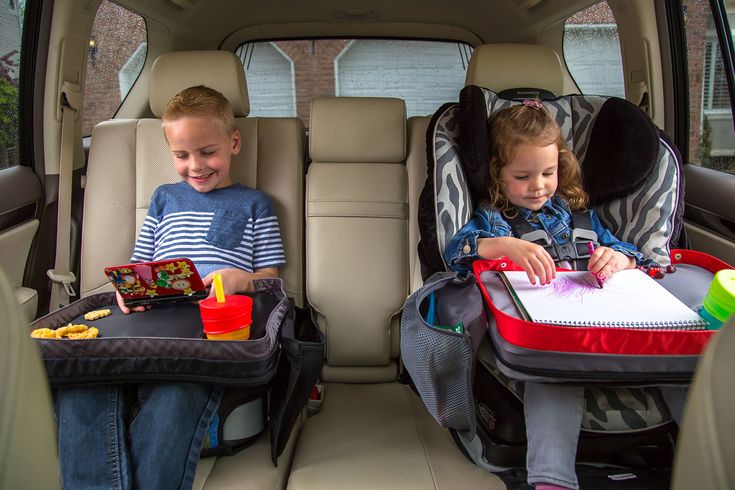 In the car, we set the temperature of the air conditioner so that it is not much lower than the street temperature, and I thought that it would be easier for my son to endure the heat in wrestling. But by the end of the trip, he began to complain of pain in his shoulders. Looking closely, I saw that the seat belts were chafing.
In the car, we set the temperature of the air conditioner so that it is not much lower than the street temperature, and I thought that it would be easier for my son to endure the heat in wrestling. But by the end of the trip, he began to complain of pain in his shoulders. Looking closely, I saw that the seat belts were chafing.
When traveling in the cold season, it is desirable that outerwear and shoes are easily removed and put on. It’s uncomfortable and hot to ride in a jacket, but a child may need to urgently go, for example, to the toilet, and small children can’t stand it yet. When my son was two years old, he was given a winter overall, but we still put on a jacket on the road, because it is easy to take off.
Community 08.12.21
How to choose winter overalls for a child?
In winter, I put my son in a light sweater that does not restrict movement and leave him in his underpants or sweatpants. Since we take off our shoes, I put on warm socks. So it is more convenient for the child to ride, but at the same time, you can quickly get dressed. In the summer, I choose a T-shirt and shorts so that the skin in contact with the seat belts is covered.
So it is more convenient for the child to ride, but at the same time, you can quickly get dressed. In the summer, I choose a T-shirt and shorts so that the skin in contact with the seat belts is covered.
Also, be sure to take extra clothes. The child may get dirty, spill or wet his pants. Until my son was two years old, I took with me two sets of clothes and a spare pair of shoes, now I have only one, which helped me out more than once. Once, on the eve of a trip, my grandmother fed us prunes, and on the way, my son could not stand the toilet. I had to quickly change. Another time, when getting out of the car, the son jumped into a puddle - not only spare clothes came in handy, but also shoes.
Clothing should be loose and so that the belts do not rub against the skinWhat to put in the first aid kit
We take a lot of medicine because the child has chronic diseases and not all medicines are suitable for him. But if the road passes through settlements, and the child does not have serious illnesses, everything can be bought at the nearest pharmacy. Then I advise you to put only the most necessary in the first-aid kit.
Then I advise you to put only the most necessary in the first-aid kit.
Pain reliever. Age should be taken into account: drugs with paracetamol can be taken from birth, with ibuprofen - from three months.
/list/baby-first-aid-kit/
How to fill a baby's first aid kit
The form of the medicine does not matter, but on the road it is more convenient to give a suspension. Source: eapteka.ru Ibuprofen is also suitable as an antipyretic. Source: apteka.ruMedicine for diarrhea and vomiting. The problem with constipation is easier to solve upon arrival, but if diarrhea starts on the road, it can be difficult to get to the pharmacy. In infants, diarrhea is defined as a condition where the baby poops twice as often as usual. In children older than a year, this is diarrhea more than three times a day.
WHO: The facts about diarrhea
In both cases, it is important to stay hydrated.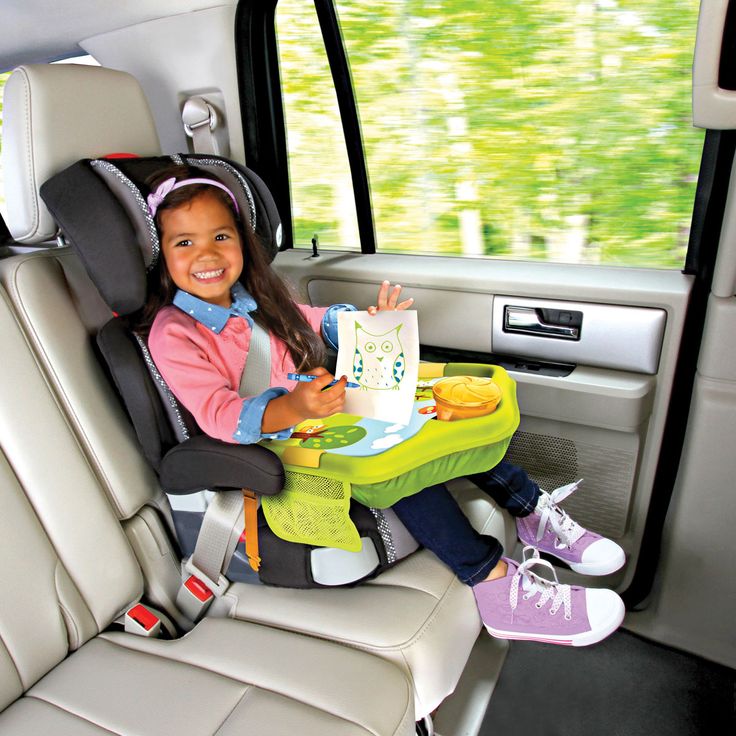 Ordinary water will not help, as it does not replenish the supply of salts and calories. It is better to put two or three special sachets in the first aid kit. Children from the age of three can be given "Rehydron-bio", as for babies, it is better to consult a doctor. Antidiarrheal drugs like Loperamide are not recommended for children because they do not speed up recovery.
Ordinary water will not help, as it does not replenish the supply of salts and calories. It is better to put two or three special sachets in the first aid kit. Children from the age of three can be given "Rehydron-bio", as for babies, it is better to consult a doctor. Antidiarrheal drugs like Loperamide are not recommended for children because they do not speed up recovery.
Wound care products. When getting out of the car, the child may fall; some other gas stations have playgrounds where falls are also possible.
To immediately treat the wound, I recommend taking a non-alcoholic antiseptic like chlorhexidine and a bactericidal plaster. If the child bleeds from the nose, it is enough to apply napkins to the ends of the nostrils until it stops.
Instead of chlorhexidine, Miramistin can be put, but it costs an average of 500 R per 150 ml. Source: eapteka.ru It is enough to take from three to five pieces, and if necessary, you can buy a patch.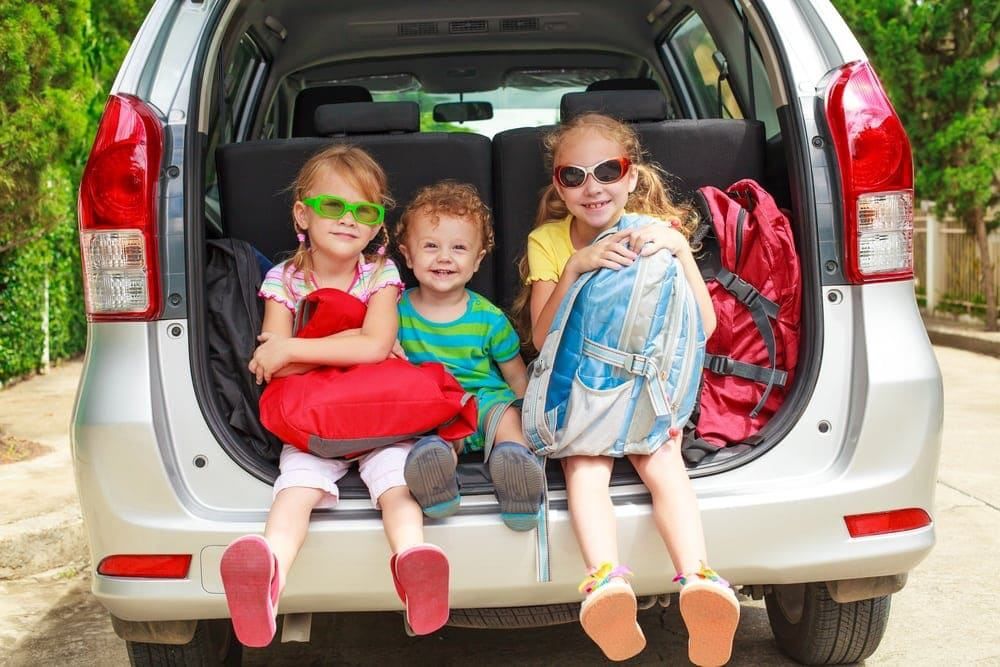 Source: eapteka.ru
Source: eapteka.ru How to deal with toilet issues while traveling
How exactly to prepare for this aspect of the trip depends on the age of the child. Here is what we used at different times.
Diapers. If the child is very small, I recommend calculating the number of diapers that you may need on the road and taking them with a margin. After birth, the diaper is first changed 10-12 times a day, then the number of changes is reduced to 6-8 times.
How to change a diaper - NHS
Our son gave up diapers at two and a half years old. Until this age, I took them at the rate of ten pieces a day: it seemed to me that it was better to bring the rest home than to look for it on the spot. The package was placed in an autobox.
I also counted how many diapers I could use on the road: I changed them after every meal and took two more. I put them together with spare clothes in a separate backpack, which I put in the quick access zone. This is convenient, since it was not necessary to search for the entire package.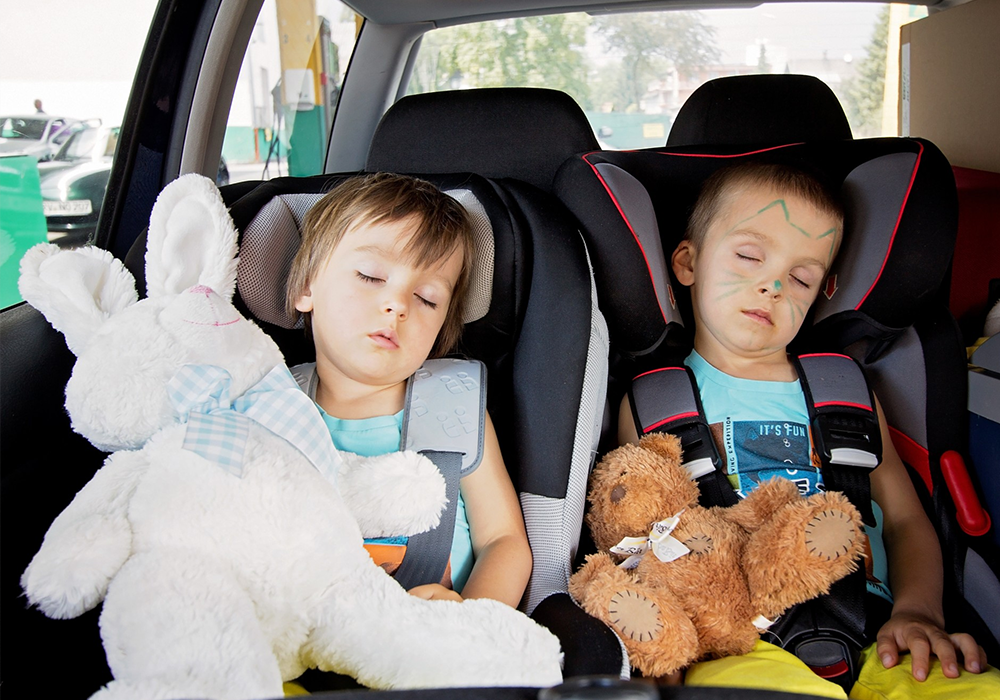
Wet wipes will replace toilet paper on the road. Usually we buy a large package for the trip, and I put a small one in my backpack.
Pot. On the Internet you can find special travel pots - inflatable or foldable, taking up little space. The average cost is 700-1500 R. We don’t have this: at first I didn’t know about their existence, and now we get by with an ordinary pot.
When my son was a little over a year old, we drove from Lipetsk to Vladimir, which is 400 km. I already put him on the potty, but often put on a diaper. We decided to take a pack of diapers and buy a toilet pad to use in the hotel. But the son was afraid to sit on it and eventually refused to go to the toilet.
On the next trip, we took everything: diapers, pad and potty. The son categorically refused from lining and public toilets and actively used the potty.
/podguzniki/
How I save on baby diapers
My son is going to be four soon.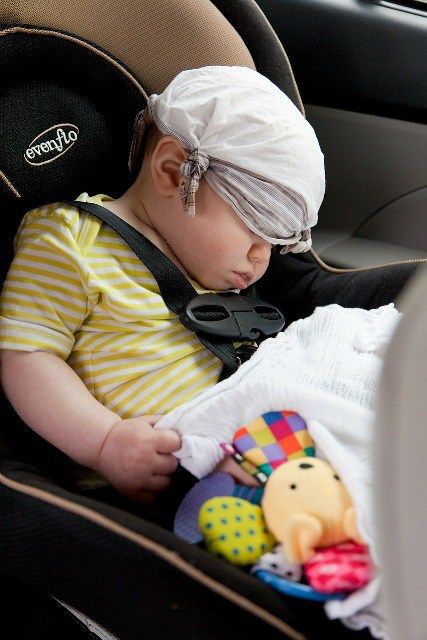 He has already learned to pee standing up, is not afraid of public toilets, but still goes to the potty for the most part. On our last trip, he himself brought the pot to the exit, saying that it must be taken.
He has already learned to pee standing up, is not afraid of public toilets, but still goes to the potty for the most part. On our last trip, he himself brought the pot to the exit, saying that it must be taken.
What to do with a child in a car
Toys. Without them, the child will become bored in an hour, when the effect of novelty wears off. But I don’t advise taking all the toys from home - it’s better to buy something new before the trip.
On our first trip, I took books, musical toys and rattles with me in a separate bag, but my son quickly got bored with them. The machine that my husband bought just in case came to the rescue.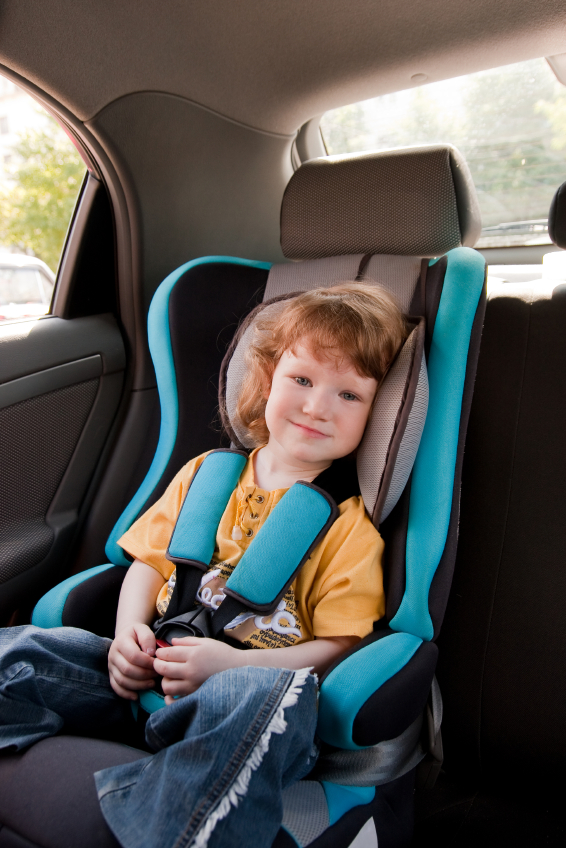
Another time she reduced the number of toys, but chose those that she considered convenient for the trip. I took books, cars, but I forgot about my favorite helicopter, and my son was very upset.
/list/russian-toys/
Avant-garde nesting dolls and sensory mats: 9 great Russian brands of toys
At first, I was not good at entertaining my son on the road, because the toys I took did not captivate for a long time. Now he himself invents games with carsWhen my son was three years old, we bought a children's backpack for 1000 R, so now the child collects toys himself. I don't interfere. I think it teaches self-reliance. But just in case, we first buy a new car: we put it in the glove compartment and give it if the son is very capricious.
Games and cartoons on your phone. Children between the ages of two and five are not recommended to use the phone for more than an hour a day. On a trip, I break this rule and allow me to watch cartoons longer.
Digital Handbook: Promoting Children's Healthy Use of Technology - American Academy of Pediatrics
Internet connection may go down on the road, so I download some cartoons in advance. To charge my phone if necessary, I take a power bank.
Children's songs on a flash drive. On our last trip, I downloaded children's songs mixed with the usual ones on a flash drive, and we listened to them almost all the way. If the husband tried to switch, the son was violently indignant. This helped to entertain the child, but I advise you to download the songs that he knows and loves. The son was delighted when he heard melodies from "Fixies", "Masha and the Bear", but he was indifferent to "Smile" and songs from "The Bremen Town Musicians".
Husband hung a phone holder on the front seat, but son prefers to hold the device by himselfHow a child sleeps in a car
Before our first trip, I was worried about sleep, but in the end, my son slept half the way.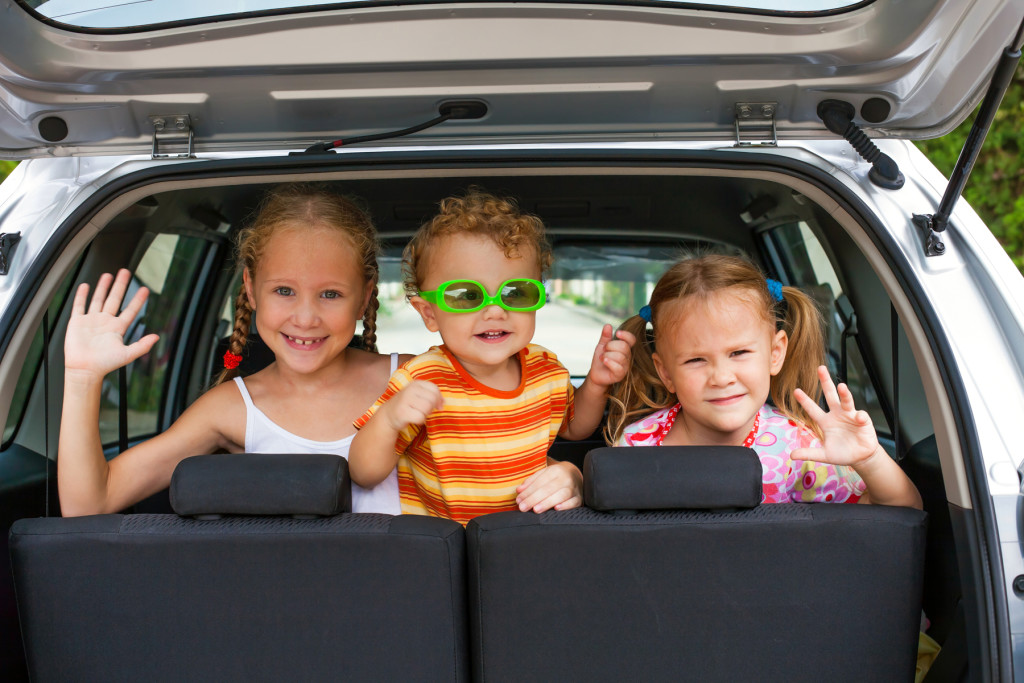 The problem arose later. The child was already two years old, and I forgot his favorite blanket. I'll tell you what helps me put my son in the car.
The problem arose later. The child was already two years old, and I forgot his favorite blanket. I'll tell you what helps me put my son in the car.
Homemade pillow and blanket. They create a feeling of comfort and help to calm down. The son loves to hug the pillow and quickly stops acting up, although he is indifferent to soft toys. I cover it with a blanket in winter, when the car has not yet warmed up enough, and we have already taken off our outerwear.
How to help a child fall asleep in an unfamiliar place
Rituals. Every child is used to falling asleep in his own way: for example, holding his mother's hand, listening to a lullaby, or on his own after an adult says kind words. My son likes it when I sing lullabies or read a story before bed. I ask what he wants now, a fairy tale or a song, I take his hand and fulfill the desire. The husband turns off the music.
Daily routine. This may not work with all children, but we would recommend sticking to it./imgs/2018/04/24/08/2208041/b20e70e447cf256cbed67e5efb847475ad103dea.jpg) Once we decided to shift the daytime sleep by an hour so that our son would fall asleep not in the car, but in a hotel. As a result, he became overexcited, so I put him to bed with great difficulty in the room. We do not conduct any more such experiments.
Once we decided to shift the daytime sleep by an hour so that our son would fall asleep not in the car, but in a hotel. As a result, he became overexcited, so I put him to bed with great difficulty in the room. We do not conduct any more such experiments.
Sunblind for the window. This one costs 500-1000 R, we bought it a few years ago for about 200 R. Usually my husband closes the windshield with it during parking so that less sunlight enters the cabin and it is not so hot. During sleep, I fix the blind on the side window of the rear seat. This helps to darken the interior a little, and it is easier for my son to fall asleep.
Remember
- The child may only be transported in a car seat, secured with seat belts. In no case should he be left alone in the car. The rear doors must be locked with a special lever or lock so that the child cannot open the door from the inside. It is impossible to feed while driving, as the child may choke.
